Travel begins as movement through space and ends as movement within the self. A new place rearranges your senses. Color feels brighter, time stretches, and small details you would ignore at home become invitations to pay attention. When life has grown narrow through grief, stress, or routine, travel can act as a gentle therapist. It widens the field of possibility, offers fresh mirrors for your identity, and returns you to the present moment where healing happens.
Why travel has therapeutic power
Healing requires both safety and novelty. Safe connection helps the nervous system release its grip. Novelty sparks curiosity that interrupts looping thoughts. Travel provides both when approached with care. A supportive friend, a trusted guide, or even a kind host can provide the secure base from which to explore. Meanwhile, the foreign street, the different light, the unfamiliar language, and the taste of local food give the mind new inputs that soften rigid habits. The result is a flexible attention that can hold both pain and possibility.
Psychologists sometimes speak of context shift. When you change your surroundings, you change the cues that trigger old patterns. The place where you worried, overworked, or felt stuck becomes distant. In a train station or along a coastline, your feet have new paths to follow and your thoughts are less likely to choose the grooves they know too well. This does not erase the past. It simply lets your system practice new responses, which is the heart of psychological change.
The brain on the road
Novel experiences stimulate the brain networks involved in learning and motivation. You notice more because the environment is not predictable. Your senses sharpen. You listen for meaning in gestures and tone, not just words. This alertness can be tiring if you push, yet it also builds cognitive flexibility. When you puzzle through a transit map, navigate a busy market, or order a meal in a second language, you experience small wins. These wins release internal rewards that build momentum and confidence. Over time that momentum translates into a renewed belief that you can handle life.
Awe is another healing ingredient. Standing under a glacier, walking through a quiet temple at dawn, or watching a night sky free of city light can shift your sense of size. Problems feel smaller not because they vanish but because your field of awareness expands to include something larger than the problem. Awe tends to quiet self focused rumination. It also increases feelings of connection and generosity, which support emotional repair.
The body remembers and releases
Travel is not only an exercise for the mind. It changes the body in helpful ways. Walking becomes an ordinary part of each day. Muscles act like sponges, soaking up the stress hormones of modern life and then wringing them out through movement. Breath deepens as you climb a hill or laugh with new friends. At night, a pleasant fatigue often replaces the wired exhaustion of screens and deadlines. These physical changes send safety signals back to the brain. The cycle reverses. Instead of stress creating bodily tension that fuels more stress, movement and novelty create bodily ease that supports calm attention.
Touching physical reality can be especially helpful for those who feel stuck in their heads. You can knead dough in a cooking class. You can hold a stone warmed by afternoon sun. You can feel the cool boards of a pier through thin soles and let waves rhythmically rock your balance. Each sensory detail anchors awareness in the present, which makes it easier to meet difficult feelings without drowning in them.
Travel as a mirror for identity
At home, identity is shaped by familiar roles. You are who your family and colleagues remember you to be. On the road, roles soften. You are a guest, a student, a passerby who is free to choose new ways of being. This can heal the soul when you have been trapped in a story about yourself. Perhaps you have always been the responsible one. Perhaps you have always been the quiet one. Travel gives you a small chapter where you experiment with different choices. You might initiate a conversation, improvise a plan, or rest without guilt. When you discover that these choices feel true, you bring them home as evidence that your identity is more spacious than you believed.
Grief and gentle wandering
Grief contains love that has no place to go. Travel can offer temporary homes for that energy. You can visit a landscape your loved one adored or a city they dreamed of seeing. You can craft a small ritual at sunset, speaking their name into the wind. You can share a meal and a story with strangers who receive your memories without the weight of expectation. Movement prevents grief from hardening. It lets the heart meet the world in fresh ways while honoring what remains.
If grief is acute, plan softly. Choose fewer moves and longer stays. Pick lodgings with quiet corners. Allow slow mornings and short excursions. Healing does not require a packed itinerary. It asks for room to feel and kindness in how you move from one moment to the next.
Travel for burnout and creative renewal
Burnout is a shrunk way of being. Travel can help by restoring contrast. When you eat food prepared with care and notice that your senses wake up, you remember that pleasure is not a luxury. When you stand at the edge of a cliff trail and feel your breath synchronize with the wind, you remember that work is part of life, not the whole of it. Creativity often returns during unstructured afternoons in a new place. A café table becomes a studio. Ideas arrive not because you chase them but because you finally have space to listen. Many people report that a change of city unlocks a problem they could not solve at a desk. The mind loves to connect distant dots. Travel seeds the canvas with new colors.
Mindful travel
Mindful travel is less about where you go and more about how you go. You can practice in a neighboring town as easily as across an ocean. Begin each day with a simple question. How do I want to feel by nightfall. Let that feeling guide your choices. If you want to feel restored, build in green spaces and time by water. If you want to feel connected, choose communal dinners or small group tours. If you want to feel brave, try something that nudges your edge while staying within safety.
Use your senses as anchors. Taste a fruit you have never tried and describe it slowly. Listen for the pattern of a local dialect. Notice the temperature of the air on your forearms and the texture of a sidewalk underfoot. At mealtime, put the phone away and look at the faces near you. The point is not to accumulate experiences but to inhabit the ones you have.
Solo or together
Both solo travel and shared travel can heal, though they do so differently. When you travel alone, you listen to inner signals without distraction. You learn what pace feels kind, which streets you prefer, and how you like to spend your afternoon. Solitude creates intimacy with the self that many people have avoided. If loneliness arises, use it as a signal to seek gentle connection. A short class, a guided walk, or a hostel lounge can provide just enough social warmth.
Shared travel heals through belonging. You practice communication, co planning, and the art of repairing small ruptures. You make joint memories that function as future sources of strength. If your relationship has grown stale, choose activities that require teamwork, such as learning a dance step or navigating a market. If you travel with a friend who knows your history, your story can breathe in open air without needing to be solved.
Cultural humility and ethics
Therapeutic travel honors the places and people who host you. Healing for one person should not create harm for another. Move with humility. Learn greetings in the local language. Ask before you photograph. Support local businesses. Be mindful of your footprint on fragile ecosystems. Tip fairly. When you enter sacred spaces, follow customs with respect. Ethical care deepens the meaning of your journey because it aligns your inner repair with outer responsibility.
Planning as part of the therapy
The trip begins when you start imagining it. Planning can be a source of hope that lifts daily life. Create a simple ritual to dream and decide. Set a weekly hour to research places that feel nourishing. Collect images that evoke the feeling you want. Choose fewer locations so that your body can relax into each one. Build in pauses between transfers. Think in arcs. Begin somewhere lively to wake your senses. Move toward quieter places for reflection. End in a setting that feels like a homecoming so that the return does not feel abrupt.
Working with limits and accessibility
Travel can be therapeutic even with limited time or budget. A weekend in the nearest nature reserve, a day trip by bus to a historic neighborhood, or a home exchange across town can shift perspective. If energy is low, choose destinations with benches, shade, and easy access to restrooms. If mobility is limited, look for flat trails, accessible transit, and museums with good seating. If sensory sensitivity is part of your experience, plan quiet hours in parks and choose lodgings away from traffic. Healing grows when travel fits your real life rather than an idealized version of it.
Trauma aware travel
If you carry trauma, your nervous system may react strongly to crowds, noise, or the unknown. This does not forbid travel. It invites careful design. Share your plan with someone who understands you. Identify grounding practices you can use anywhere, such as feeling your feet on the floor, lengthening your exhale, or naming three colors in your surroundings. Choose arrival times during daylight when possible. Pick first nights in places with private rooms and predictable routines. Schedule fewer variables on day one so that your body can settle. If triggers arise, step outside, breathe, and orient to the present by looking around the space and naming what you see. Seek professional support if symptoms intensify. Your safety matters more than any itinerary.
Simple practices during the journey
Begin each morning by sitting at the window for five minutes. Notice the light, the sounds, and the mood of the street. Ask yourself one question that will shape the day. What would feel nourishing. Carry a small notebook. Jot a few sentences at midday about one thing you tasted, one thing you learned, and one moment of kindness you witnessed or offered. In the evening, write a line of gratitude and a line of truth about any difficulty. This balances realism and appreciation, which keeps your inner world honest and soft.
Create a tiny ceremony when you reach a meaningful place. Touch the ground with your hand, breathe in, and whisper thank you. Give yourself permission to feel whatever arrives. Sometimes joy floods the body. Sometimes sadness surfaces because the nervous system finally has room to release. Both are signs that you are in contact with your life.
Returning home and integrating change
The return is part of the therapy. Without integration, insights fade under old routines. On the first day back, go for a short walk in your neighborhood and pretend you are still traveling. Look with beginner’s eyes. Notice a tree you have never really seen. Taste your morning tea as if it were local and rare. Within a week, create a small display of the journey. A ticket stub, a pressed leaf, a handwritten note. Place it somewhere you will pass daily. Let it remind you of the qualities you want to keep, such as patience, curiosity, or courage.
Translate feelings into habits while motivation is fresh. If slow café mornings helped you relax, protect ten minutes for quiet tea at home. If daily walks grounded you, map a route that overlaps with errands. If speaking with strangers renewed your faith in people, set a gentle goal to greet someone in your community each week. These small acts feed the part of you that was nourished on the road.
A closing invitation
You do not have to fly far to find a healing journey. You need attention, kindness, and the willingness to let a place meet you where you are. Travel becomes therapy when it is designed with care, lived with presence, and integrated with integrity. It teaches your mind to soften and your body to trust. It shows you that the world is both larger and kinder than the anxious story predicts. Most importantly, it returns you to yourself. The version of you who notices light on stone, who laughs with strangers, who rests when tired, and who says yes to life has always been here. Travel simply makes the meeting easier.
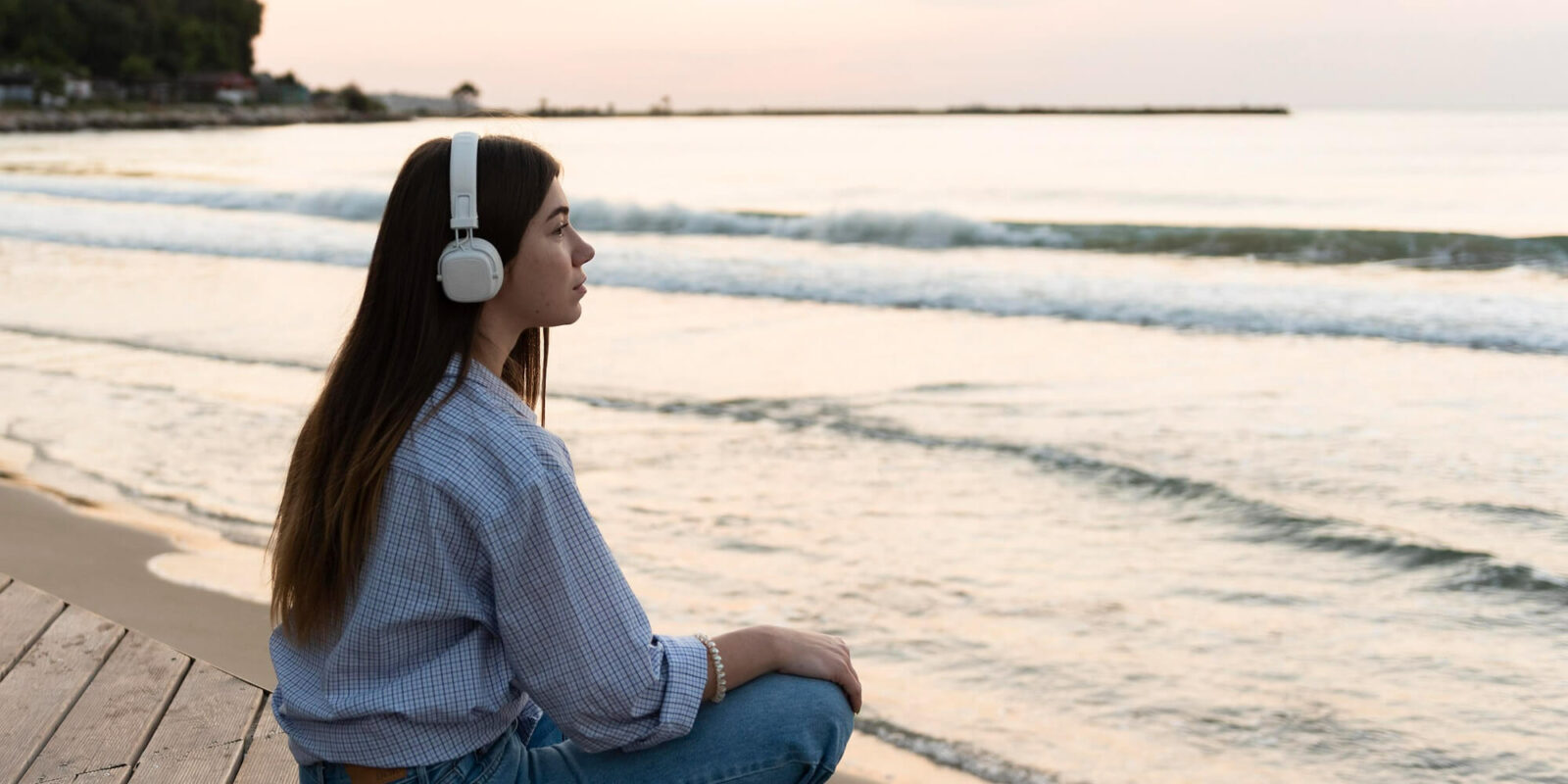
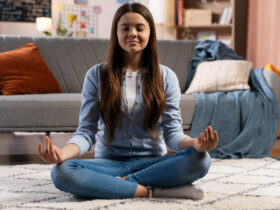

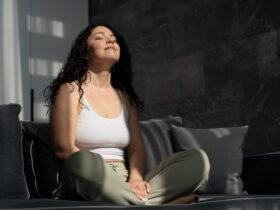

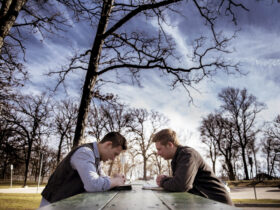

Leave a Reply